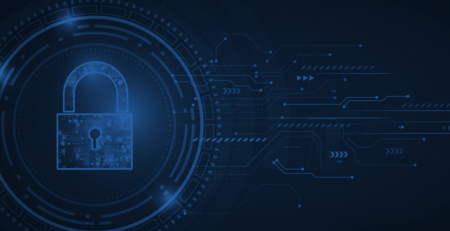OSINT Techniques: Discovering Deepfakes
In February of 2020, we posted a blog titled “Deepfakes on Social Media,” where we shared how social media platforms are addressing synthetic and manipulated images, or deepfakes. Viral in the news at that time was a video of an individual who looked like Mark Zuckerberg announcing an initiative to increase ad transparency.
Over the past few years, deepfakes haven’t gone anywhere; in fact, a Tom Cruise deepfake video went viral on TikTok just last year. In many cases, these inauthentic representations simply provide an amusing way for users to pass time on social media. However, deepfakes are posing challenges to the national security community, as impersonations of political and business leaders designed to mislead audiences have increased dangerously. As such, OSINT researchers must consider the authenticity of any audio or video data they collect while online.
Here are 7 techniques for analyzing and validating data to see if you’ve been duped by a deepfake:
- If you can’t 100% validate the identity of the individual portrayed in the video or sound bite, proceed with caution, and make sure to add a flag, tag, or note to your collected data for further analysis.
- Use discretion when responding to inbound audio or video communication, especially if the individual expresses urgency. Take extra time to validate a contact until you feel completely certain about their legitimacy.
- Learn about deepfake technology and how it’s being used on the web.
- “Measure twice and cut once”—in other words, think about all the things that could go wrong before you click (e.g., be wary of bugged websites).
- Look for unnatural facial and eye movements, speech patterns, and teeth appearances in collected video data.
- Check if an audio or video file has been shared by other vetted online sources to determine the creator of the original video.
- Evaluate the geographical position of the digital device at the time of the data’s recording.
For more techniques on collecting open source data online, head to the other blogs in our OSINT series.









